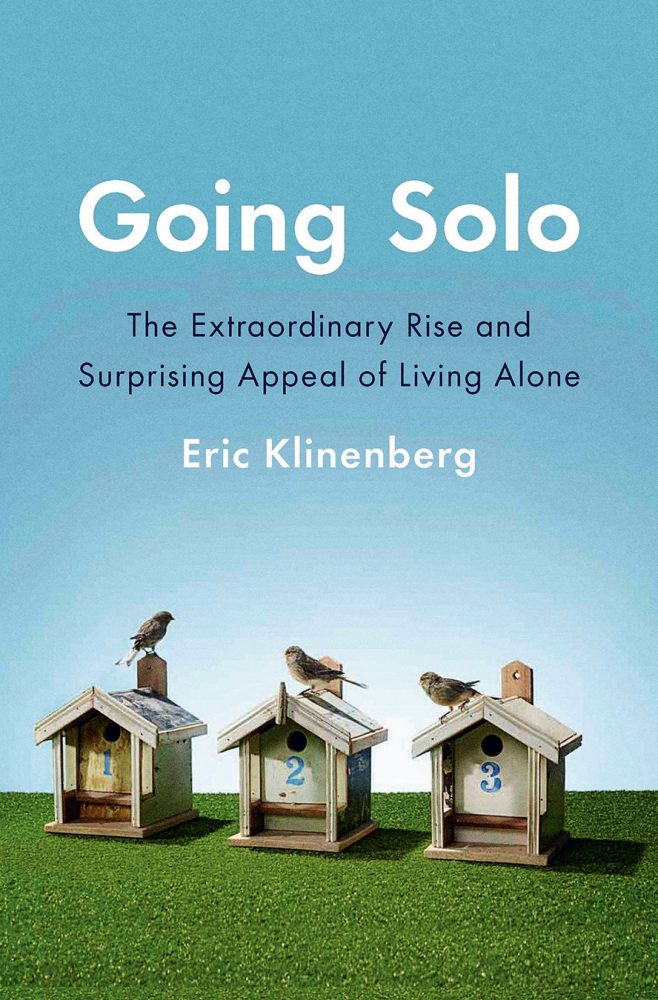A fine social scientist can reveal new truths about the worlds we thought we knew. Many people understand the lives of the working poor, of those who live in social housing, of those who live alone, only through television crime procedurals and snippets from newspapers. It falls to intrepid social scientists—sociologists, anthropologists, and humanistic journalists—to provide a more detailed and fascinating look into these poorly understood communities. Hard Living on Clay Street: Portraits of Blue Collar Families (1973) by Joseph T. Howell, Gang Leader for a Day: A Rogue Sociologist Takes to the Streets (2008) by Sudhir Venkatesh, and Going Solo: The Extraordinary Rise and Surprising Appeal of Living Alone (2012) by Eric Klinenberg are three investigative books that will challenge your assumptions.
Researching Hard Living on Clay Street, Joseph Howell spent a year living in a working-class neighbourhood in Washington, D.C. During this time, Howell became deeply involved in the lives of two families of white Southern migrants. He portrays these fiercely proud families with empathy, insight, and an awareness of the ways in which individual lives are shaped by wider economic and social forces. Members of both families struggle with chronic instability: alcoholism, unemployment, divorce, and debt—all exacerbated by unrelenting poverty. Though some residents of Clay Street cope with their lives through the church or family ties, others never find their way, persisting in their “rough and rowdy ways” largely because the future seems so bleak.
Indeed, Howell’s book chronicles the importance of hope as a motivator for change and a precursor for long-term planning. But that hope is undoubtedly strained by the increasing inequity and the decreasing opportunities for the working poor that have characterized North American society in the 40 years since this groundbreaking book was written.
In Gang Leader for a Day, Sudhir Venkatesh, a doctoral student from Columbia University, finds himself toting a questionnaire into the Robert Taylor Homes housing project on the South Side of Chicago. It’s immediately obvious that his questions are laughably inadequate, but he is fascinated by the community that the rest of the city has abandoned as a no-go zone. He manages to meet and befriend J.T., the charismatic leader of the Black Kings. In the story that follows, Venkatesh learns about the gang, which deals drugs in the projects and is involved in nearly every aspect of project life. During this immersion, Venkatesh learns how hustlers and prostitutes, along with regular working people, engage in a shadow economy, under the auspices of the local de facto government. Venkatesh’s affiliation with the Black Kings keeps him at arm’s length from many of the law-abiding people who live in the Robert Taylor Homes, but his insights into gang and project life are unparalleled. As in Howell’s 1973 account of life on Clay Street, surviving the now-demolished Robert Taylor Homes had everything to do with hope, though it quickly and heartbreakingly became mired in despair due to government negligence.
The people profiled in Going Solo range from wealthy singles in Los Angeles to poverty-stricken seniors living in single-room dwellings in New York’s Chinatown, but they are all part of an unprecedented change in modern society: the rise of a vast class of people who live alone. This phenomenon of “singletons” was overdue for an examination, and Eric Klinenberg does a thorough job. He interviews people from every social strata and a wide variety of ages, and concludes that, far from being a burden or a sign of failure, for many people, living alone is a welcome state that does not detract from life satisfaction or entail loneliness. That said, for the poor—particularly the ill and the elderly—living alone without adequate support can have dire consequences.
Each of these books leaves the reader with the indelible sense that there is always more to know about the social world around us, and the so-called “soft sciences” are perhaps best positioned to tell the most complex and difficult of these stories. These books underline the fact that none of us lives in a vacuum and we must understand our lives in relation to those of others, and the wider forces by which all our lives are shaped.











